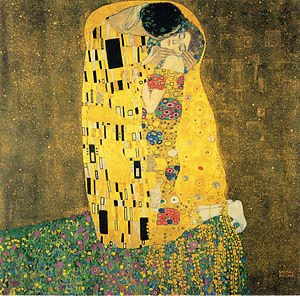





Research by drawing students at Duke University






After taking 2 art history architecture classes I have come to see the strong parallels that architecture has to art. In the time of John Ruskin, architecture was an art form but now in out contemporary society architecture has to do more with engineering than with our. In the rush to become modernist societies, the idea that form should follow function left out form completely. This also has to do with out capitalist society of production and functionality over all. Even though more consideration was made to from following the end of the modernist era and into the Bauhaus, that idea of functionality first always came before the aesthetic concern of the building.
I feel that as an art student, I have become that contemporary architecture that only focuses on production and not on substance. If we really think about it we all have become that in a way. We, as an American society, have harbored this meaningless culture of eclectic styles that we have slapped multiple styles to things that don’t belong. Meaning is also slapped into artwork as an afterthought and others dig up meaning out of nothing. Building blocks are not emphasized and creativity is always limited by prenotions of what assignments should look like. We work by trying to make our work look like someone else’s work. Every art student is guilty of this. We don’t allow ourselves to really become inspired by anything at all. We are overly concerned with wanting to make artwork look a certain way. That doesn’t mean that we should look to other work for inspiration, it just means that we need to deviate from things more. I think most importantly, our work should really mean something; stem from our beliefs, impressions, expressions, etc.
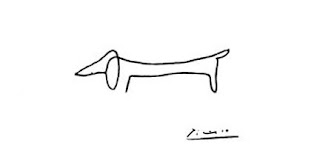


"Art is the elimination of the unnecessary. " – Picasso
Picasso was born in October 25, 1881 in Malaga, Spain and died April 8, `973 in Mougins, France. From an early age Picasso showed an interest in drawing which lead to his father formally training him. When his family moved to Barcelona, his father took up a professorship at the School of Fine Arts and convinced the academy to let young Picasso take an entrance exam. He passed and was admitted into the school at the age of 13. Picasso’s father later sent him to Madrid to attend the Royal Academy of San Fernando where eventually dropped out because of dislike the instruction at the school. He also had realized that he no longer wanted to be part of his parent’s plan for his future. He set out for Paris shortly after dropping out and maintained connections in Paris and Barcelona. His career set out after this.
His early life really defined his life’s work. He had been a formally trained artist who had met all of his parent’s expectations but realized that he no longer wanted to be a part of that. His work is very distinct in that he never settled on a single style or medium but was able to express himself in so many ways. His work is a dissonance of his training. It is not precise but expressive.
I saw some of Picasso’s work when it was exhibited in the Nasher last year. I was very impressed by the wide range of work he had produced. There were a series of sketches and charcoal drawings that were standouts to me. The sketches were rough and incomplete but were still cohesive and well made. In many ways those sketches were his way of sculpting his subjects with lines instead of stone. He was able to eliminate all the unnecessary visual noise to create work that got to the core of the subject.
I hope to see his work next semester when I visit Barcelona.

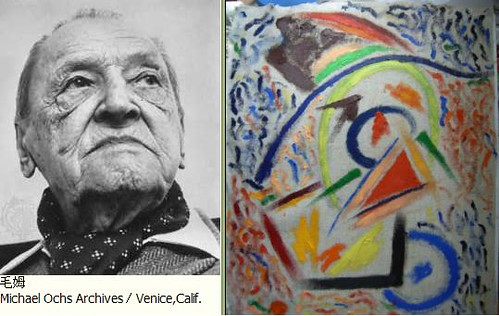
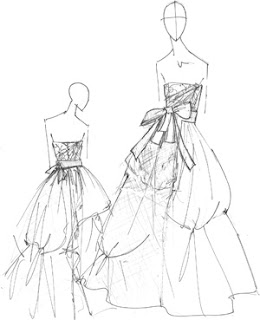
Born in New York City in 1949, Vera Wang has been everything from a figure skater to a senior fashion editor at Vogue. Yet Vera Wang has truly achieved fame in the last twenty years as a fashion designer who is known for her wedding gowns. Indeed Wang’s designs in their simplicity and elegance are sought after by women of all backgrounds and have walked down the aisle on the likes of Sarah Michelle Gellar, Ivanka Trump and Chelsea Clinton.
"When I decided to get married at 40, I couldn't find a dress with the modernity or sophistication I wanted. That's when I saw the opportunity for a wedding gown business."-Vera Wang
Though I do not have the intention of marrying anytime soon, I’ve always enjoyed admiring wedding gowns, especially Mrs. Wang’s. For this reason I subscribed to Vera Wang’s RSVP club Newsletter a while back, in each edition Wang selects a recent gown design and discusses the inspiration behind it and the thought process she went through in choosing materials for the gown.
Interestingly enough, Wang confesses that the original sketches of each gown often dictate what materials she uses. She claims to be able to look at a sketch and just know what material is being depicted despite the fact that all of the sketches share a similar line-drawing appearance. After reviewing her sketches (keeping in mind the depiction of lace on the sketch Didi was added after Wang 'felt' the material to be lace) I can understand what she means.
For instance, the image below of the dress “Didi” and its following sketch:



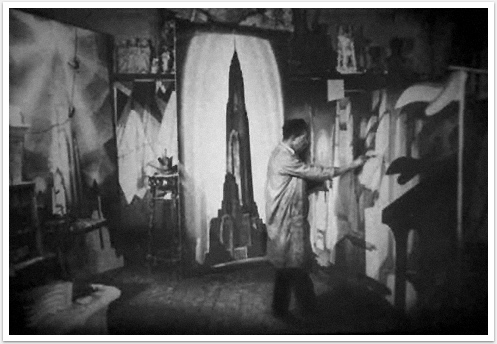
"The rendering is a means to an end; the end is architecture."
-Hugh Ferriss (1940)
Ferriss was born and raised in St. Louis, Missouri and he attended Washington University, where he received a degree in architecture. However upon entering the work field Ferriss soon discovered his preference and talent for rendering the designs of other architects rather than coming up with the blueprints himself.
I choose Ferriss because I’ve always loved his drawings and the way they manage to be both eerie and magical as well as realistic, simultaneously. Though I feel like the particular buildings that Ferriss rendered (most of them a part of the New York skyline) were pieces of art in and of themselves, his reproduction of them gave them a re-envisioning in which the building in question-usually just another skyscraper competing for attention in a skyline full of similar attention grabbers-became a focal point with its own dark story. Indeed he draws the buildings in night scenes, with the appearance the they are being lit up by spotlights or are surrounded by a halo. In some images (adding the the allure) its as if the images are floating in a fog. Although some of Ferris' more commercial drawings are done in graphite, he admitted to preferring to working with charcoal in a subtractive method because of its bold effects and malleability.
In my research I found a website put together by Columbia University student Michael Mallow, in remembrance of the enigma that was Ferriss’ success. Mallow writes: “By the mid-twenties, renderings by Ferriss had become almost de rigeur for successful competition projects; countless skyscrapers waited their turn to be bathed in the dark monumentality emanating from his drafting table. In these works a blasé department store appears as a giant lording over its block. Stodgy hotels cease to be stodgy hotels and become looming silhouettes emerging from the urban haze like shipwrecks. Ferriss went to grand new lengths in suppressing detail for mood, and clients loved it.” In my opinion Mallow’s description fully captures the mystery and intrigue that is Ferriss’ work.
If anybody is interested in seeing more of Ferris' artwork, I really like the following site, which has 341 drawing of his taken from the collection at Columbia University:
http://newsfeed.kosmograd.com/kosmograd/graphic_design/page/2/
Bibliography
Ferriss, Hugh. Power in Buildings, An Artist’s View of Contemporary Buildings. New York: Columbia University Press, 1953.
Ferriss, Hugh. The Metropolis of Tomorrow, with essay by Carol Willis. New York: Princeton Architectural Press, 1986.
Mallow, Michael. "A Ferris To Remember." Columbia University, New York. Web. 6 Nov. 2010.
http://www.columbia.edu/cu/bw/b_and_w/nov04/features/ferriss/ferriss.html

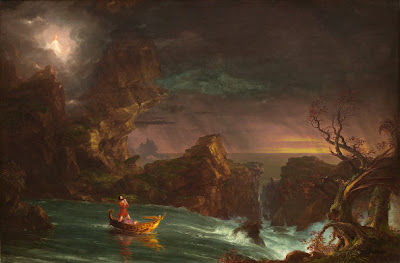
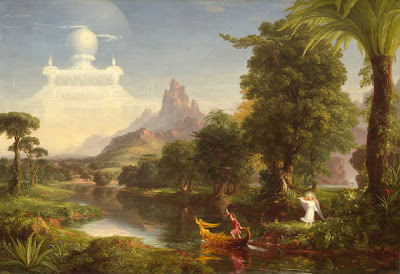

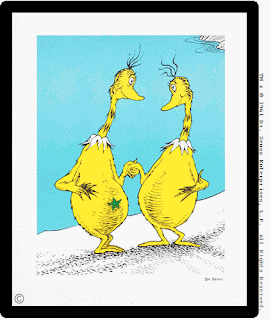
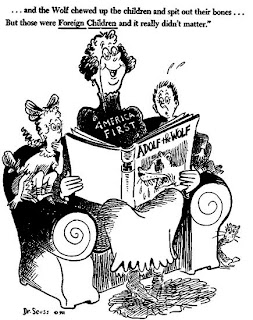








If you examine his work, Brandon makes each tattoo a work of art. The flesh literally becomes a canvas. I respect tattoo artists for committing to work that is so obviously permanent. It's at once scary (how apprenticeships work for tattoo artists is beyond me), but I would imagine that buy building such an extensive portfolio, you creat an incredible testament to your skill. Your work is literally part of someone forever.
Ok, so I might not want to have the straightjacket man tattooed on my back for the rest of my life. But at least it looks really, really good.

I first used charcoal two years ago. Didn’t explore it much—I didn’t draw very well then and I found it too challenging to figure out how to use a new medium and learn how to draw at the same time.
One year ago, in my school art classes (independent study and portfolio), I again discovered the wonders of charcoal. I was also taking classes after school at the Carrboro ArtsCenter, which furthered my introduction to the medium.
I first loved the thick dark line it creates without any effort. I then loved the move-ability of charcoal dust. Then, I loved range of values. Most of all, I love the tactile quality of working with my fingers to blend it.
One of my ArtsCenter teachers introduced me to the concept of sculpting a drawing, rather than drawing it linearly. This was revolutionary- I had for years struggled with my in ability to draw smooth pencil lines. Rather than drawing the lines of the face (I love to draw people), I would begin with the darkest places and draw in shapes of shadow.
After exploring this method with charcoal for several weeks, I stumbled upon a box of gray-scale soft pastels in the studio. Amazing! I continued working with the sculpting process, using the highly pigmented pastels. I mostly did fairly simple faces, just trying to get the main idea. I love(d) how powerful the gray-scale drawing are—I often did them on black construction paper, which made the white highlights appear that much more striking.
In the spring I took courses at the ArtsCenter in figure drawing, in which we utilized the quick expressive qualities of charcoal, and pastel painting, where I ventured into colored pastels.
This semester I feel like I’ve expanded on my previous knowledge—I’ve drawn more still-lifes than ever before and drawn my first landscapes and buildings. I’ve discovered that if I am using charcoal with a predominantly subtractive method I actually enjoy drawing still-lifes, which is great since I have always detested them. I haven’t been doing much of my own personally-motivated artwork this fall, so I’m looking forward to winter break when hopefully I can break out the pastels.
And that is how I came to love charcoal.
